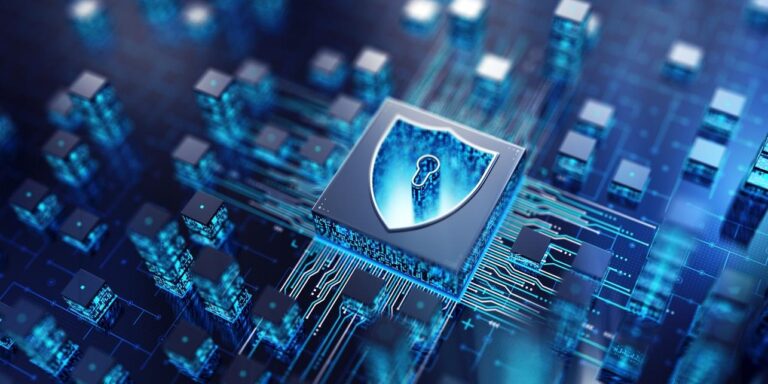As AI goes mainstream and businesses become more dependent on its accuracy, … [+]
The integration of artificial intelligence has been both a boon and a bane to cybersecurity: while AI systems offer unprecedented capabilities for defense, they also simplify and accelerate things from an attacker’s perspective, creating new and advanced challenges that require immediate attention.
As AI becomes increasingly powerful, ensuring the security of these systems will not only become a priority, but an urgent necessity.
The double-edged sword of AI in cybersecurity
AI has revolutionized cybersecurity by enhancing threat detection, response times, and overall defense mechanisms. However, the capabilities that make AI a powerful ally can also be misused by bad actors. This dual-use nature of AI poses a major challenge in leveraging AI for protection while simultaneously protecting AI from being used for malicious purposes.
I recently spoke about this issue with Dan Lahav, co-founder and CEO of Pattern Labs, who is also co-author of the recent RAND report, “Securing AI Model Weights: Preventing Frontier Model Theft and Misuse.” He said, “There are still many gaps in our understanding of exactly how these systems work and how they operate. As a result, new risks may arise that we cannot fully control.”
New Threats and New Attack Vectors
The integration of AI into cybersecurity frameworks has introduced new attack vectors.
Malicious actors can poison data, manipulate AI models, or use AI to move within organizational networks, creating new dimensions of threat. Lahav emphasized that the complex and dynamic nature of these systems requires a unique approach to security.
Traditional cybersecurity measures alone are not enough; specialized strategies that take into account the complexities of AI technologies are required.
A unique approach to AI security
To address these challenges, Lahav explained, organizations need to adopt a multi-faceted approach focused on creating comprehensive security benchmarks, early warning systems and collaborative research efforts.
He outlined some of the key efforts Pattern Labs is spearheading to secure AI systems.
- Security Benchmark Development: Classifies the threats and operational capabilities of potential attackers. This framework helps organizations prioritize security efforts by understanding the sophistication of potential threats.
- Early Warning System: Use AI early warning systems to continuously assess AI system capabilities and potential threats. These systems assess the AI’s skill level and identify when certain capabilities may pose risks, allowing organizations to respond proactively.
- Joint researchWe collaborate with other research groups and think tanks to plan for future threats and necessary defenses. This collaboration helps us stay ahead of emerging threats and develop comprehensive security strategies.
- Research and development of AI security solutions: Recognize gaps in current AI security measures and invest in research and development to create new solutions, including developing ways to secure AI in its unique context and simulate and mitigate advanced attacks.
- Training and Recruitment: Effective AI security requires expertise in both AI and cybersecurity. Focus on training and hiring experts with both expertise to address existing skills gaps and ensure a strong defense against AI-related threats.
The Potential for Weaponizing AI
As AI systems become more sophisticated, the risk of them being weaponized increases. Lahav noted that the more powerful an AI becomes, the more likely it is to be used for harmful purposes. This calls for a reevaluation of security protocols and defense mechanisms to prepare for worst-case scenarios.
Call to action
The urgent need to protect AI systems cannot be overstated.
As AI continues to evolve, strategies for securing it must evolve as well. Initiatives like the one outlined here provide a roadmap for addressing these challenges. By proactively developing and implementing these strategies, we can ensure that AI remains a powerful defensive tool, rather than a vulnerability to be exploited.
AI will continue to evolve and its adoption will continue to grow. The future of cybersecurity depends on our ability to protect AI systems, which requires a holistic approach that combines cutting-edge research, practical solutions, and a deep understanding of the evolving threat landscape.
As we navigate this new territory and learn more about the potential benefits and consequences of AI, the work that companies like Pattern Labs are doing to secure and protect the AI itself will be critical to safeguarding our digital world.


